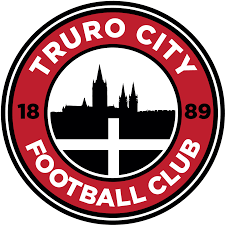Switzerland vs Iceland: A Comprehensive Comparison

Introduction
Switzerland and Iceland are both renowned for their breathtaking landscapes and unique cultural identities. While they are located in different corners of Europe, these two nations share traits of stunning natural beauty and strong economies. Understanding their differences and similarities provides insight into their societal structures, economies, and tourism appeal, valuable for travellers and researchers alike.
Geographical and Cultural Overview
Switzerland, situated in Central Europe, is famous for its mountainous landscapes, particularly the Swiss Alps, and is renowned for its cities such as Zurich, Geneva, and Bern. In contrast, Iceland, an island nation in the North Atlantic, is celebrated for its geothermal landscapes, including geysers, hot springs, and volcanic activity. This geographical diversity contributes to each country’s tourism and national identity.
While Switzerland’s culture is influenced by its linguistic regions—German, French, Italian, and Romansh—Iceland’s culture is heavily rooted in Norse traditions and literature, with a strong emphasis on its Viking heritage. The unique cultural expressions found in both nations make them fascinating subjects for exploration.
Economy Comparison
Switzerland boasts one of the most prosperous economies globally, with a strong banking sector, high-quality manufacturing, and significant contributions from tourism. The country has a renowned reputation for precision engineering, particularly in watch-making, and pharmaceuticals.
Iceland’s economy, while smaller, is known for its fishery and tourism sectors. Post-2008 financial crisis, the island has focused on sustainable practices and renewable energy, capitalising on its abundant geothermal and hydroelectric resources. The tourism industry has surged, attracting visitors eager to experience its unique landscapes and vibrant culture.
Tourism Appeal
Both Switzerland and Iceland offer distinct experiences for tourists. Switzerland is often viewed as a luxury destination, attracting those interested in skiing, hiking, and enjoying high-end hospitality. Cities feature a blend of historical architecture and modern amenities, supplemented by stunning rural retreats.
Iceland, with its dramatic scenery and outdoor activities, appeals to adventurous travellers. Popular activities include exploring glaciers, visiting the Blue Lagoon, and experiencing the Northern Lights. The nation’s commitment to eco-tourism and sustainability sets it apart from many other travel destinations.
Conclusion
In summary, while Switzerland and Iceland differ significantly in their geographical features, economic foundations, and tourism strategies, both hold a unique place in the tapestry of European culture. With continued interest in sustainable tourism and economic resilience, both countries are likely to thrive, each appealing to different traveller preferences. Understanding these differences helps prospective visitors and investors make informed decisions about engaging with these remarkable nations.









